Forest Succession and Restoration?
(ryanga7a) Ryan M
6 years ago
last modified: 6 years ago
Featured Answer
Sort by:Oldest
Comments (16)
Related Discussions
Rooted cutting success in the Texas rain forest
Comments (5)JumboJimmy, my Heritage does not have an upright, bushy form either. It has nicely arching canes, and they are balanced all the way around the plant. I would call it an "open" plant, rather than a "bushy" plant. I'm growing mine against a fence, and its growth habit has been very easy to train in that spot. Carla, this year I was taking a break from rooting, but I thought what the heck, I'll just stick a few 'Heritage' cuttings in the ground and leave them alone ... it they root good, if not okay too. To my surprise, they are rooting. It has to be this weird, constantly wet weather we're having this year. Pam, we are on track to have the wettest June on record this year. It's raining out there right now. Randy...See Morebelieve or not - forest of gardenia
Comments (26)Thank you for starting this thread. Now I know what to do with the cuttings in little bottles in my cool utility room -- I'll start a Gardenia Forest! For a short cut to quickly obtaining sturdy gardenias, find an old plant and take cuttings. I have a an old, nameless gardenia that has grown in the same spot for the past 44 years. It was a cutting from an even older plant. Sooty mold (caused by the presence of white fly) and all kinds of little critters can be taken care of by spraying with soap solution (real soap, not detergent). For those who insist on chemicals, horticultural oil works. Old folks used to give their gardenias a handful of Epson Salts in springtime. I'd recommend a soil sample these days, to really see what trace elements plants need to take care of chlorosis. I've not experienced root rot, probably because I grow in sandy soil. Nell...See MoreRestoring compacted soil - worm cocoons, compost, etc.
Comments (35)The answer to your question is really yes and no. Yes, I grow prairie plants known to be deeply rooted and no, they are not capable of breaking up compacted soil. For one thing, roots require oxygen to develope and grow; something compacted soils just don't have. Once again, we have to be careful that we don't take a fragment of information and apply it too broadly. It is well documented that many prairie plants can (the word is "can", not "will") develope deep root systems. Other plants do this as well; alfalfa being one receiving much study documenting root systems 15 to 30 feet deep! However, these same plants when grown in compacted soils just don't ever develope roots anywhere near those depths. In fact, the statisical evidence proves that root penetration stops at the layer of compaction -- whatever that level is. I have included a link to some documented studies of alfalfa root developement which is really quite representative of some prairie plants - they just haven't been documented as much. Alfalfa is well known for its deep roots -- provided the soil will allow this to take place. IronBelly Here is a link that might be useful: Root development of alfalfa....See Morethining a maple forest - will they grow back
Comments (5)Unless you go to the effort of actually "killing" the trees you cut down, then yes INDEEDY they will grow back and it's not pretty...spindly, bent, leaning toward whatever sun they can find and very poor quality trees will result. After you cut the trees down, kill them systemically within hours of cutting them. Your MNR or Conservation Authority or even an arborist can tell you what product will work the best for the species you are cutting down. I live inside a maple woods farm woodlot (city subdivision) with a smattering of Black Cherry, American Beech, Alternate leaf dogwood etc. I'm about 1 hour to the west of you. Our woods is not great... 3rd growth sugarmaple forest so like yours, it is VERY tall (all maples are about 70' tall) and the canopy is very high and sparse. We have a contract in our subdivision that we can't touch the trees unless they become sick or die and even then we have to petition to the city to allow us to get a tree expert to come in and take the tree out. At any rate, being a 3rd growth forest we see a poorly developed layering of the woods. High canopy with nothing underneath. So I've been working on finding species that will thrive in the understory to hopefully build it up at different levels. It takes a lot of experimenting to see what works best but so far I've added 45 new species that are all thriving and only 2 or 3 things have not done well. My local MNR told me that restoring the understory is next to impossible but I wasn't willing to accept that and give up and so far things are going well. On the ground we've managed to keep masses of Blue Cohosh, Trout Lily, Red Trillium, White Trillium etc...these were all here when we moved in but are at risk because all the other neighbors in the subdivision have gone against the city contract and removed them all. If you are interested, here is what we have successfully added to the wooded aread of the backyard in 2 years: Existing Native Trees, Shrubs and Plants Sugar Maple Black Cherry American Beech Pin Cherry Alternate Leaf Dogwood Highbush Cranberry Blue Cohosh (+s) White Trillium Red Trillium Jack-in-the-Pulpit Removed Alien Invasives Garlic Mustard Oriental Bittersweet (poison ivy also removed due to children and pets) Native species added Red Oak (1) Downy Serviceberry (3) Pumpkin Ash sapling (1) Eastern Redbud (2) Eastern Redbud seedlings (2) Arrowwood Viburnum (3) Red Osier Dogwood (1) Red Osier Dogwood seedlings (6) American Hazelnut (1) Nannyberry (1) Spicebush (9) Winterberry Bush (3) Silky Dogwood Bush (1) Silky Dogwood seedlings (6) Blue Beech Sapling (1) BurOak (1) Bur Oak Sapling (1) Winged Sumac seedlings (3) Spotted Jewelweed White violet (2) Purple violet (5) Yellow violet (2) Pale Corydalis (3) Bloodroot (+ Âs) Mayapple (+Âs) Wild Ginger (3) Bunchberry (3) - OctÂ04 did not survive winter Bunchberry seeds - octÂ05 Blue Eyed Grass (3) SolomonÂs Seal (6) False SolomonÂs Seal (+Âs) Canadian Columbine (2) Baptisia Australis (1) White Baneberry "DollÂs Eyes" (2) White Baneberry "DollÂs Eyes" Seeds - octÂ05 Red Baneberry seeds - octÂ05 Lady Fern (3) Christmas Fern (3) Cinnamon Fern (3) Male Fern (1) Ostrich Fern (+Âs) Wood Fern (1) HartÂs Tongue Fern (2) Maidenhair Fern (2) Royal Fern (3) Sensitive Fern (+Âs) Crested Shield Fern (1) Garlic Mustard and Oriental Bittersweet are 2 species that will take over an understory if they are allowed to take hold. If you are serious about working on your understory I would survey it first and make sure you don't have an invasion of any of the alien invasivies and get rid of those first if you do. Opening up the canopy will just throw those things into hyper-growth. Doing ground planting with native plants and shrubs will help prevent the areas from being taken over by the non-native, invasives. I also agree with the poster who said removing clumps of sugar maples would be more beneficial than overall thinning. You will get the same benefit but in grander doses and it will be much easier to introduce new species in clearings than to try to get something to grow in an un-natural way (like I am). The MNR told me "that it's next to impossible because even the understory shrubs and trees need to be able to compete to a certain extent with the large/tall trees. To try to get them to do it after the fact is almost impossible." So if you clear small areas throughout your woods you will have clearings where you can add trees like Tulip Tree, Red or Bur Oak etc... along with shrubs and plants and the will be able to thrive with the prescribed amount of sun/shade mixture. Sun from above but shade when the sun is at an angle on the rest of the woods. Call your local Conservation Authority office and ask about their re-forestation offers. My Conservation Authority and the London office work together to offer GREAT deals on native trees and shrubs to anyone with large tracts of land who wish to naturalize, reforest or create windbreaks. The trees are extremely inexpensive and well worth the effort to pick them up. I don't know what your office is but here's the page for my office so you can see the kinds of deals they have: Thames River Conservation Authority This page is the hardwoods section but you can also get fir trees and shrubs. For really cheap seedlings you will want to look for native tree/shrub/plant services in your area or come down to LongPoint (actually Walsingham) to a place called "Acorus Restoration". Bare root seedlings are 2.00 each and they have almost all native species respective to southern Ontario. They do large government and private restoration projects but are also open to the public. I have purchased a grand majority of my plants, shrubs and trees from this place because even if they die, I'm only out a few bucks. Here is their website: Acorus Restoration Acorus Restoration is used to dealing in large volumes so even if you ordered a huge amount they should be able to accomodate you. Email replies by these folks are kinda unreliable sometimes and the whole place is very *WIERD* (I can tell you off-list about it if you like to email me about it). But the plants are good quality and seem to thrive just fine. Good luck with your project and keep us updated on how it's going. Barb southern Ontario, CANADA zone 6a...See Morewantonamara Z8 CenTex
6 years agolast modified: 6 years ago(ryanga7a) Ryan M thanked wantonamara Z8 CenTexwantonamara Z8 CenTex
6 years agolast modified: 6 years ago(ryanga7a) Ryan M thanked wantonamara Z8 CenTex(ryanga7a) Ryan M
6 years ago(ryanga7a) Ryan M
6 years ago(ryanga7a) Ryan M
6 years agolast modified: 6 years ago(ryanga7a) Ryan M
6 years ago(ryanga7a) Ryan M
6 years agolast modified: 6 years agowantonamara Z8 CenTex
6 years agolast modified: 6 years agoedlincoln
6 years agowantonamara Z8 CenTex
6 years agoParker Turtle
6 years agolast modified: 6 years agoalabamatreehugger 8b SW Alabama
6 years ago
Related Stories

FURNITURE10 Secrets of Successful Secondhand Furniture Shopping
Design professionals offer tips on how, where and what to buy
Full Story
HOUZZ TVHouzz TV: This Dream Midcentury Home in a Forest Even Has Its Own Train
Original wood ceilings, a cool layout and, yes, a quarter-scale train persuaded these homeowners to take a chance on a run-down property
Full Story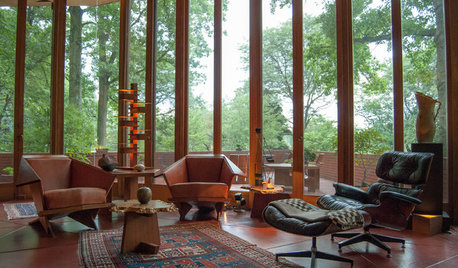
HOUZZ TOURSHouzz Tour: A Frank Lloyd Wright Home, Lovingly Restored
In a 15-year labor of love, one dedicated Ohio couple focuses on conserving over remodeling, protecting an architectural legacy
Full Story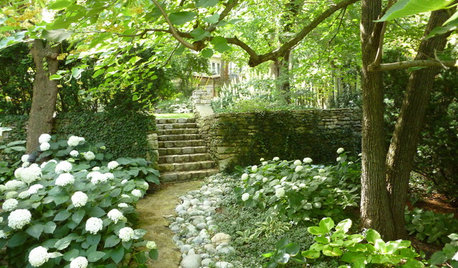
GARDENING GUIDESIncrease Your Chance of Shade-Garden Success
These plants and tricks can help a garden flourish where light and, often, moisture are in short supply
Full Story
SALVAGEDIY: Secrets of Successful Upcycling
Learn how to find and customize salvaged pieces and materials to create one-of-a-kind furniture and accessories you love
Full Story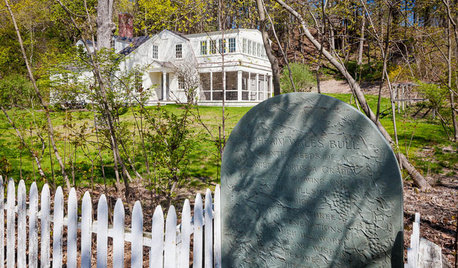
TRADITIONAL HOMESHouzz Tour: Historic Concord Grapevine Cottage’s Charms Restored
This famous property had fallen on hard times, but passionate homeowners lovingly brought it back
Full Story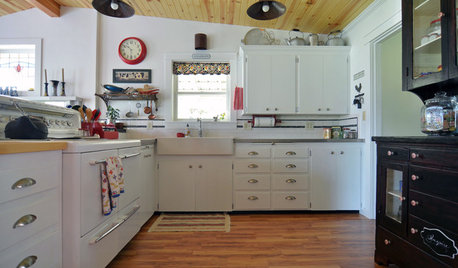
BEFORE AND AFTERSKitchen of the Week: Classic White Farmhouse Style Restored
A couple remodel their kitchen to better match their 19th-century Oregon home’s style
Full Story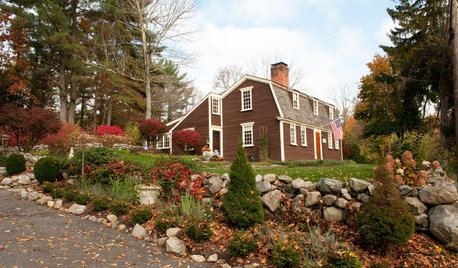
TRADITIONAL HOMESMy Houzz: Loving Efforts Restore a 1787 Farmhouse
Careful attention to original details preserves and revives a vacant New England home with a considerable history
Full Story
ARCHITECTUREBack to the Futuro: Tour a Lovingly Restored ‘Spaceship’ Home
Travel back to the ’60s Space Age with a rare glimpse inside an original House of the Future
Full Story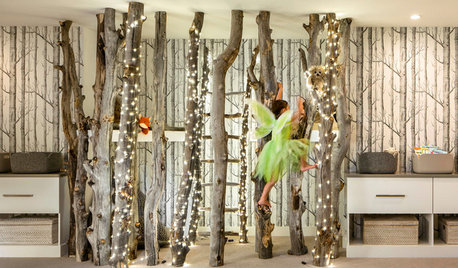
BASEMENTSDouble Take: Where Is This Fairyland Forest?
Real aspen tree trunks are the enchanting focal point in this creative basement makeover
Full Story





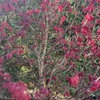
KennsWoods